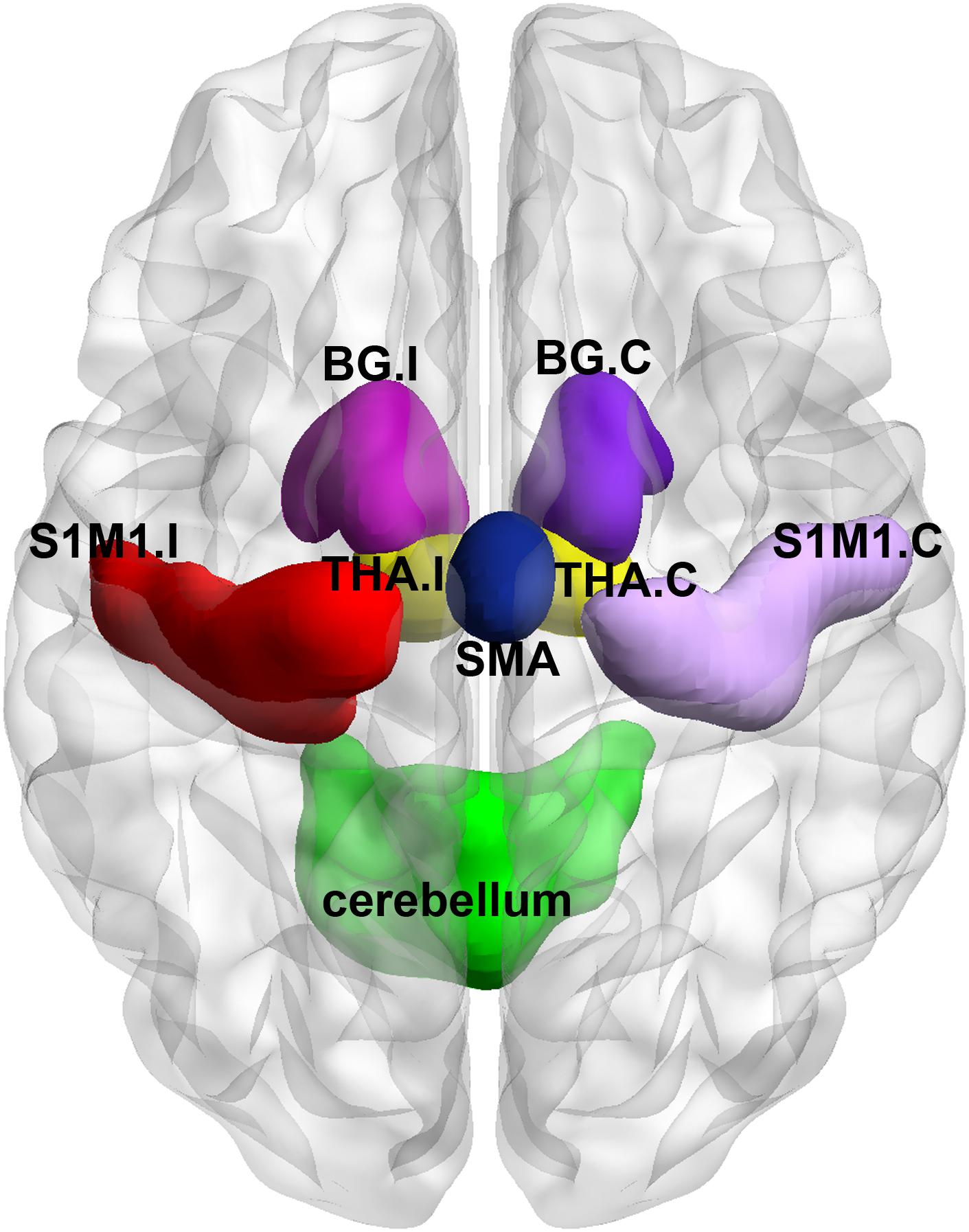

The DMN is active when the brain is not involved in any specific task. Another network of interest found with the brain effects of acupuncture is the default mode network (DMN), 37 38 also known as the resting state network. These studies showed that the brain activation patterns in depression during LA were different from those in healthy participants, with a significant shift from the frontolimbic cortices to the parieto-temporal-cerebellar regions in those with depression. 35 36 The choice of acupuncture points in the fMRI studies was based on a pilot clinical study to demonstrate the effectiveness of a suite of acupuncture points in the treatment of mild to moderate depression in primary care, 8 with LR8 stimulation having produced the most salient effect. 22–34 In our previous studies, fMRI was used to examine the brain response to LA on four acupuncture points (LR8, LR14, CV14 and HT7) in both healthy participants and those with depression. The application of functional MRI (fMRI) to acupuncture research has opened up an avenue to investigate the CNS effects of the various modalities of acupuncture. 19–21 Little is known about the peripheral pathways and spinal and central mechanisms involved in LA.

In spite of these qualities and its increasing clinical importance, there is a dearth of investigations into its neurophysiological effects and clinical efficacy.

NAPADOW ET AL. HUMAN BRAIN MAPPING 2007 SKIN
Because of the lack of any skin sensation, low intensity laser was also easy to blind in any experimental design, making it an ideal research tool. It was also easy to deliver, making it time-efficient and cost-effective. The main advantages of LA were that it was painless and infection-free because there was no needle puncture. In the 1970s, with the advent of laser technology, low intensity laser acupuncture (LA) emerged as a new modality of acupuncture and increased in popularity. A number of investigators have examined the possible mechanisms by which needle acupuncture (NA) may produce physiological effects, with many neural structures being implicated including peripheral nerves, neurovascular bundles, mechanoreceptors, nerve endings and neuromuscular attachments. 1–8 The traditional modality of acupuncture has been with needles applied manually. Acupuncture is a popular form of complementary medical intervention used to treat a number of disorders including neuropsychiatric illnesses.


 0 kommentar(er)
0 kommentar(er)
